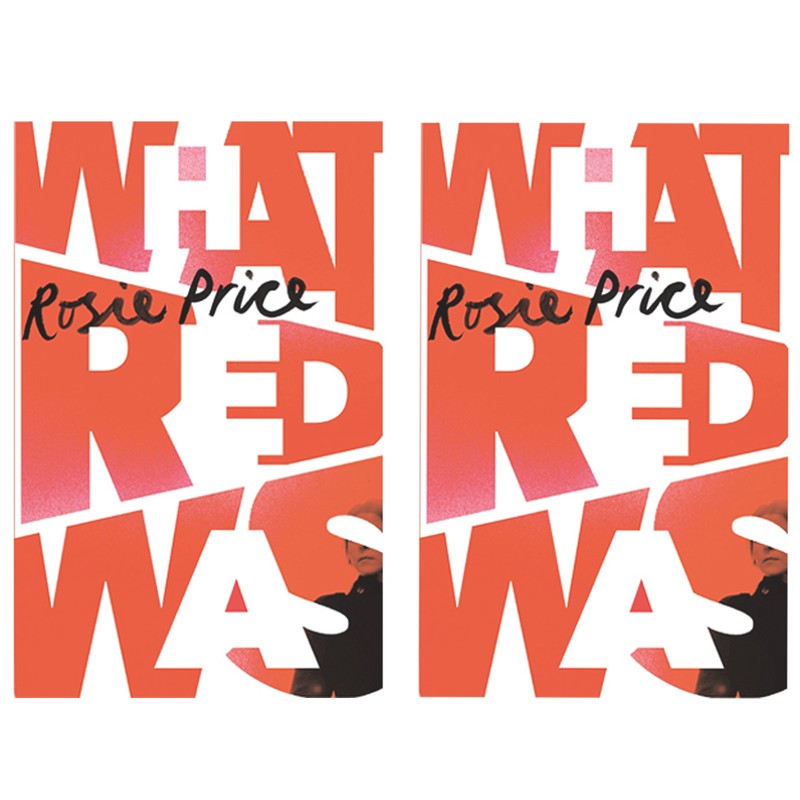Book Review: What Red Was
The in-depth portrayal of a platonic friendship between a man and a woman is refreshing.
When we first meet Kate Quaile, she is a teenager who is studying languages. It is hard not to relate to her; her sense of insecurity, her awkwardness, her vague but deeply felt hopes for the future. In these early chapters, the reader is very much back experiencing whatever existential crisis they encountered as a teenager. Kate meets Max Rippon in her first week at university. He is the human embodiment of the term ‘gap yah’. He is incredibly privileged but wears it lightly, and they quickly become inseparable. This is a platonic friendship though, and although sections of the book are reminiscent of David Nicholls’ bestselling novel One Day, I admire Price’s decision to delineate from the archetypal ‘girl meets boy’ story. I think it also enables the degree of loyalty, trust and openness between Kate and Max later in the novel.
The nuances of sexual assault are explored.
The book jacket warns the reader that Kate has her life “shattered” at a party. This happens quite early on in the novel. I felt that I already knew what would happen to Kate; it is why women are frightened to walk on dark streets, it is why women hold house keys in their hands for defence just before they get to their front door, it is why women bring their drinks to the loo on nights out. Kate is raped at a party. Memory and its relationship to sexual trauma are of particular interest to Price and she devotes large sections of the novel to this exploration. There is a mosaic-like quality to Kate’s memories of the rape. It does not come to her as one solid memory but fragments that come together.
Misogyny is picked apart to reveal its essence.
Price gets into the mind of Kate’s rapist. His need for control; to control not just women but also the narrative. There is a story that he keeps telling himself about Kate that has no bearing in reality. It is purely the product of his imagination. His misogyny is startling in its openness, how blatant his hatred of women is: “There was a weakness in her which he’d seen in other women before her…She craved approval, and that was what had led him to her that night last summer – her need to be validated.”
Kate’s relationship with herself is the most important relationship in this novel.
Kate’s relationship with herself is the most important relationship in the novel – not her friendship with Max, not her interaction with her rapist (both physically and emotionally), not even her relationship to her family. It is painful to read Kate’s self-loathing after the rape: “either the world was at fault for what she had suffered, or she herself was to blame…for whatever reason, genetic fault, inherent weakness…then she was deficient.”.
Throughout the novel, Kate’s self-esteem is in flux and one of the factors behind this is society’s perception of rape. The novel dispels many of the incorrect assumptions about rape – mainly that there is one definitive experience of rape. On reading What Red Was, I was reminded of the importance to have these difficult but necessary discussions, both on the page and in real life.

DISCLAIMER: We endeavour to always credit the correct original source of every image we use. If you think a credit may be incorrect, please contact us at info@sheerluxe.com.


